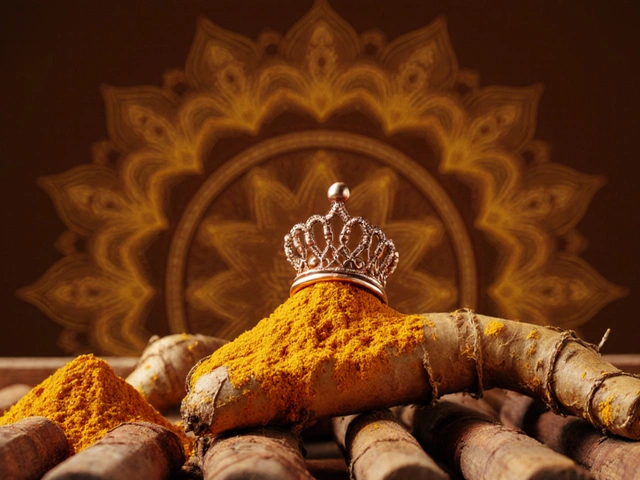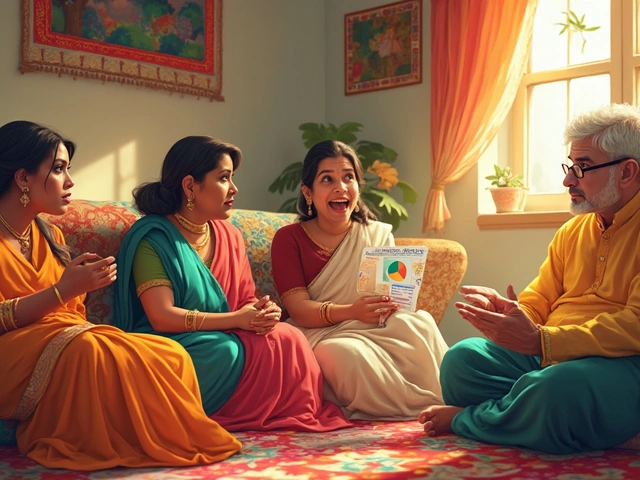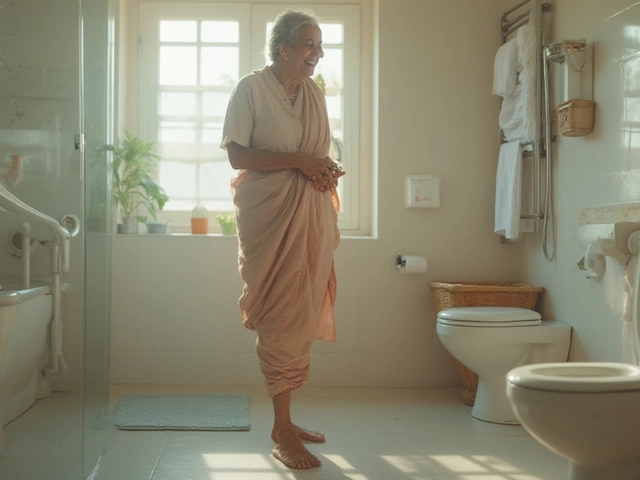How Medicine Prices Shape the Cost of Living in India
When you hear "cost of living," rent, food and transport usually steal the spotlight. Yet for many of us, the price you pay for a single prescription can be just as decisive. A month's supply of a common drug may cost as much as a modest grocery bill, and that adds up fast when you factor in multiple meds, doctor visits, and occasional emergencies.
India’s healthcare market is a mixed bag. Public hospitals offer free or heavily subsidised treatment, but the wait times can be long. Private pharmacies, on the other hand, promise quick access but often charge a premium. Understanding where the money goes helps you plan a realistic monthly budget instead of getting hit by surprise bills.
Why Prescription Costs Vary So Much
First, look at the supply chain. Imported brands, brand‑name drugs, and patented medicines carry higher manufacturing and import fees. Even generic versions can differ in price because of regional taxes, distributor margins, and the pharmacy’s own markup strategy. For example, a popular antihypertensive might sell for ₹150 in a government dispensary but cost ₹350 at a private chain.
Second, the type of pharmacy matters. Large chains like CVS (mentioned in our posts) often have fixed mark‑ups, while smaller neighbourhood stores may charge more based on demand and stock levels. Some stores bundle medicines with a service charge, turning a simple purchase into a pricier transaction.
Practical Ways to Trim Your Medicine Budget
Here are quick, no‑nonsense steps you can take right now:
- Ask for generics. Doctors usually prescribe the brand name, but a generic version with the same active ingredient works just as well and can be 30‑70% cheaper.
- Shop around. Use price‑comparison apps or call a few pharmacies before you buy. Even a ₹20 difference matters when you buy monthly.
- Buy in bulk. Some pharmacies offer a discount if you purchase a 3‑month supply at once. Just make sure the medication’s shelf life supports it.
- Check government schemes. The Ministry of Health runs programmes for chronic diseases that subsidise drugs for eligible families.
- Use loyalty cards. Many chains reward repeat customers with points that translate into discounts or free items.
Keeping a simple spreadsheet of your monthly medication costs can reveal patterns you didn’t notice before. When you see a spike, investigate whether it’s a price hike, a new prescription, or an unnecessary brand‑name drug.
Finally, remember that health isn’t a cost‑cutting exercise—you need the right treatment to stay productive and avoid larger expenses down the line. Balancing quality and price is the sweet spot, and a little research goes a long way.
By factoring medicine prices into your overall cost‑of‑living calculations, you’ll have a clearer picture of what you truly need to earn, save, and spend each month. It’s not just about surviving; it’s about living well without financial stress.

Financial Challenges in Different US States and Medical Tourism Considerations
Exploring the financial difficulties people face in different US states and how it intersects with medical tourism options. This article dives into the economic challenges of living in states with high costs and its impact on healthcare choices. It touches on the significance of medical tourism for those looking for affordable healthcare solutions. Discover how some US residents navigate the balance between high living costs and accessible medical care, often seeking solutions beyond state borders.

Turmeric: The King of Healing Herbs Explained
Oct, 12 2025

7 Types of Mental Disorders You Should Know About
Mar, 17 2025


